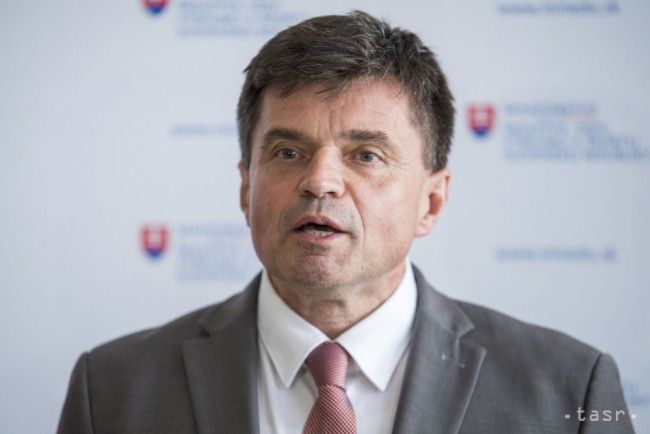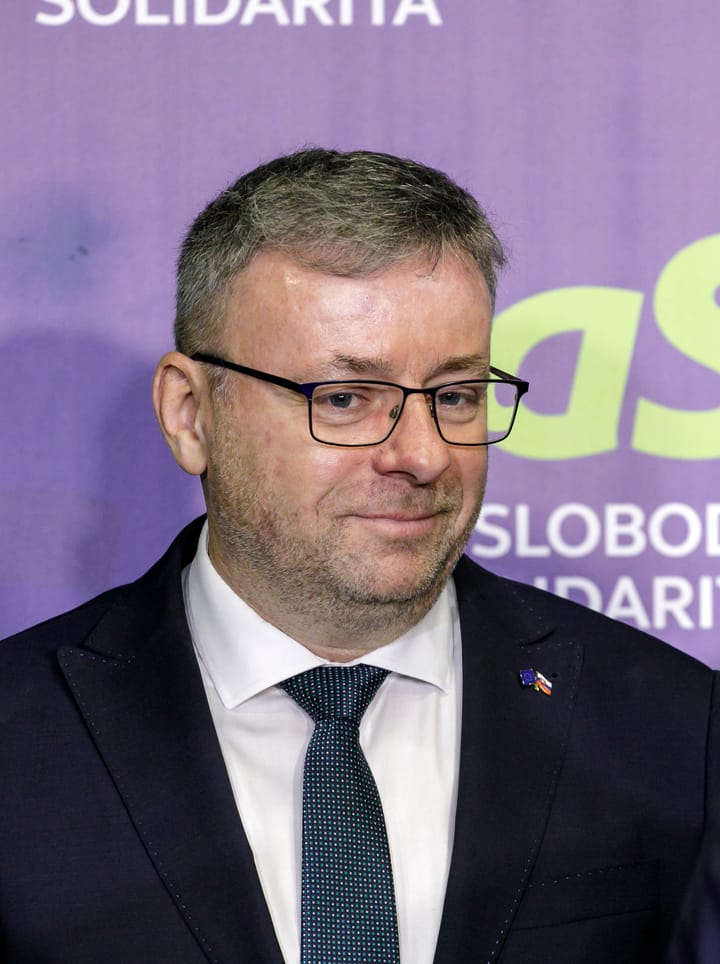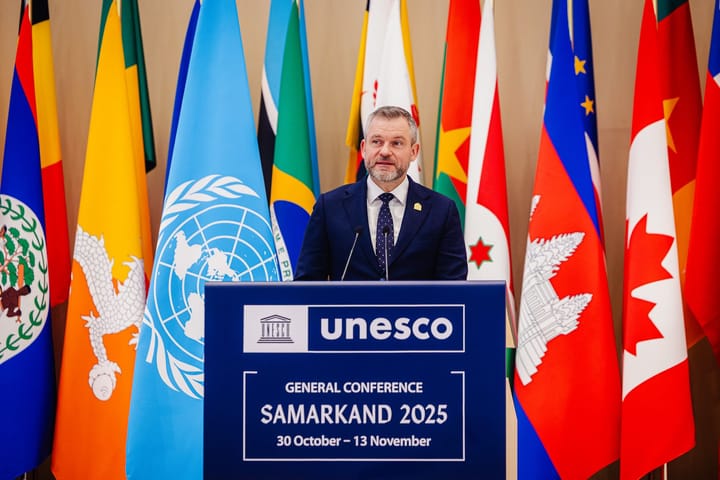Plavcan: PISA Tests Confirm Need for Changes in Education System

Bratislava, December 6 (TASR) – The results of the international PISA 2015 tests, in which Slovak pupils scored below the average for Organisation for Economic Cooperation and Development (OECD) countries, have shown that Slovak education needs changes, stated Education, Science, Research and Sport Minister Peter Plavcan (a Slovak National Party/SNS nominee) on Tuesday.
Plavcan was responding to the latest PISA 2015 survey, which measured the performance of pupils in mathematics, science and reading. He stated that he wasn’t surprised by the results.
“We have to deal with this issue seriously, and changes will be necessary. So, I’m pleased that a reform of the National Programme for Education and Training has started. Among its objectives should be the transformation of the curriculum as well,” said Plavcan at a press conference.
The minister pointed out that the poor results occurred among pupils who were in the final year of compulsory education. [Slovakia has a ten-year compulsory education system – ed. note]. As a result, Plavcan views a proposal to increase the number of years of compulsory education as reasonable. According to him, this measure should motivate pupils to remain at secondary school for the maximum period.
“The PISA results show us that experts’ opinions on the National Programme are correct,” said Plavcan.
In addition, the ministry is planning to amend textbooks and methodical materials, and it wants to look at teacher training as well. “This should be one of the topics – to look at teacher training and change it so that it suits; so that teachers arrive at schools well-prepared, as even children have changed,” he said, adding that he also wants to work on improving teachers’ conditions.
The results of the PISA 2015 tests, published earlier in the day, showed that the performance of Slovak pupils in mathematics, science and reading is significantly lower than the OECD average. The testing was conducted at 292 schools in Slovakia in April 2015. A total of 6,350 15-year-old pupils from primary schools, grammar schools and secondary vocational schools took part.



